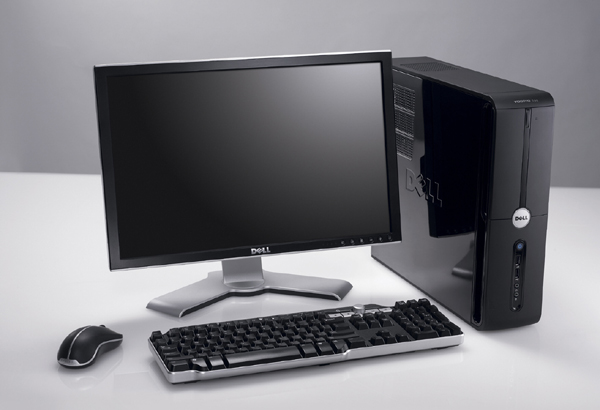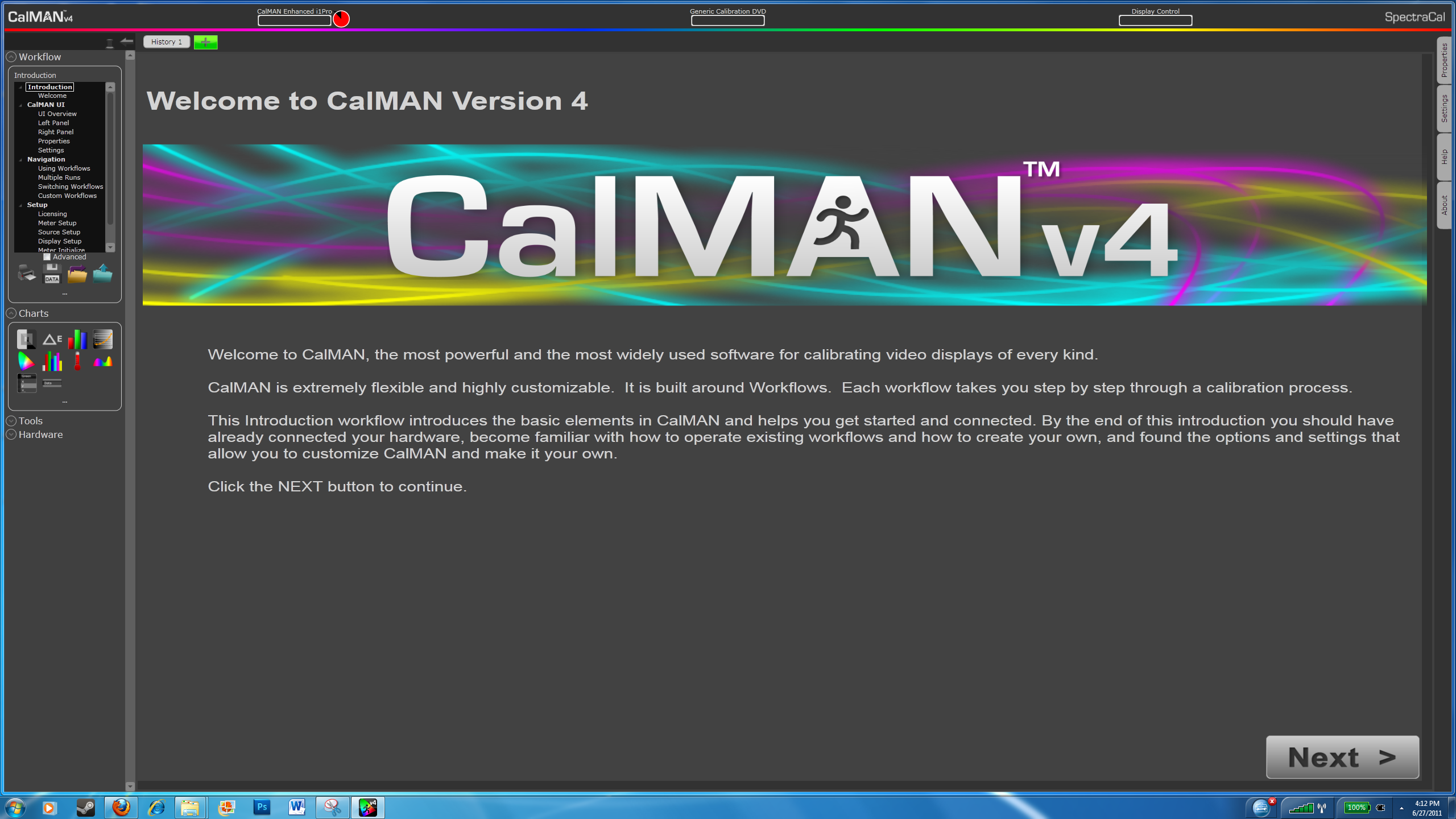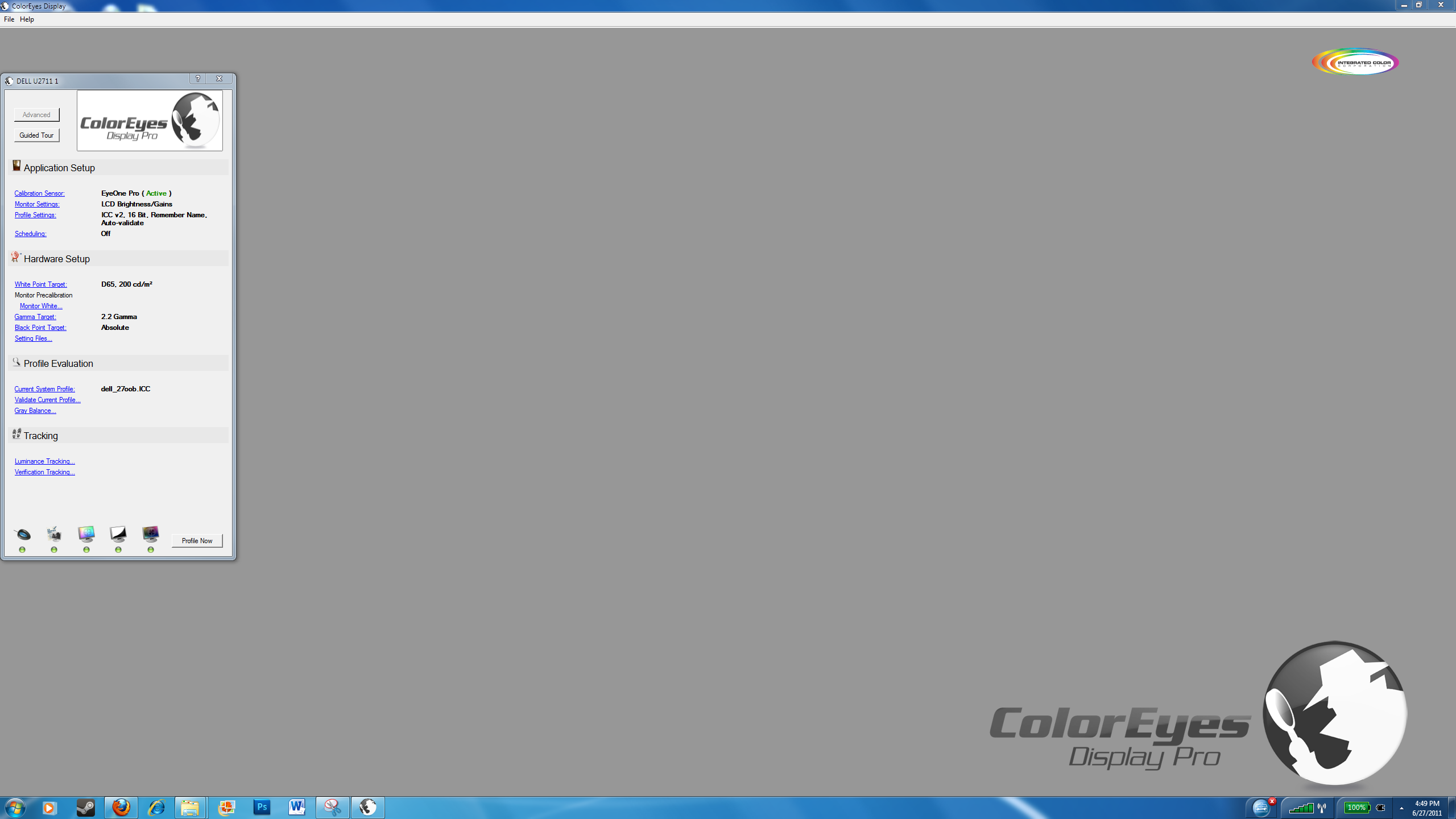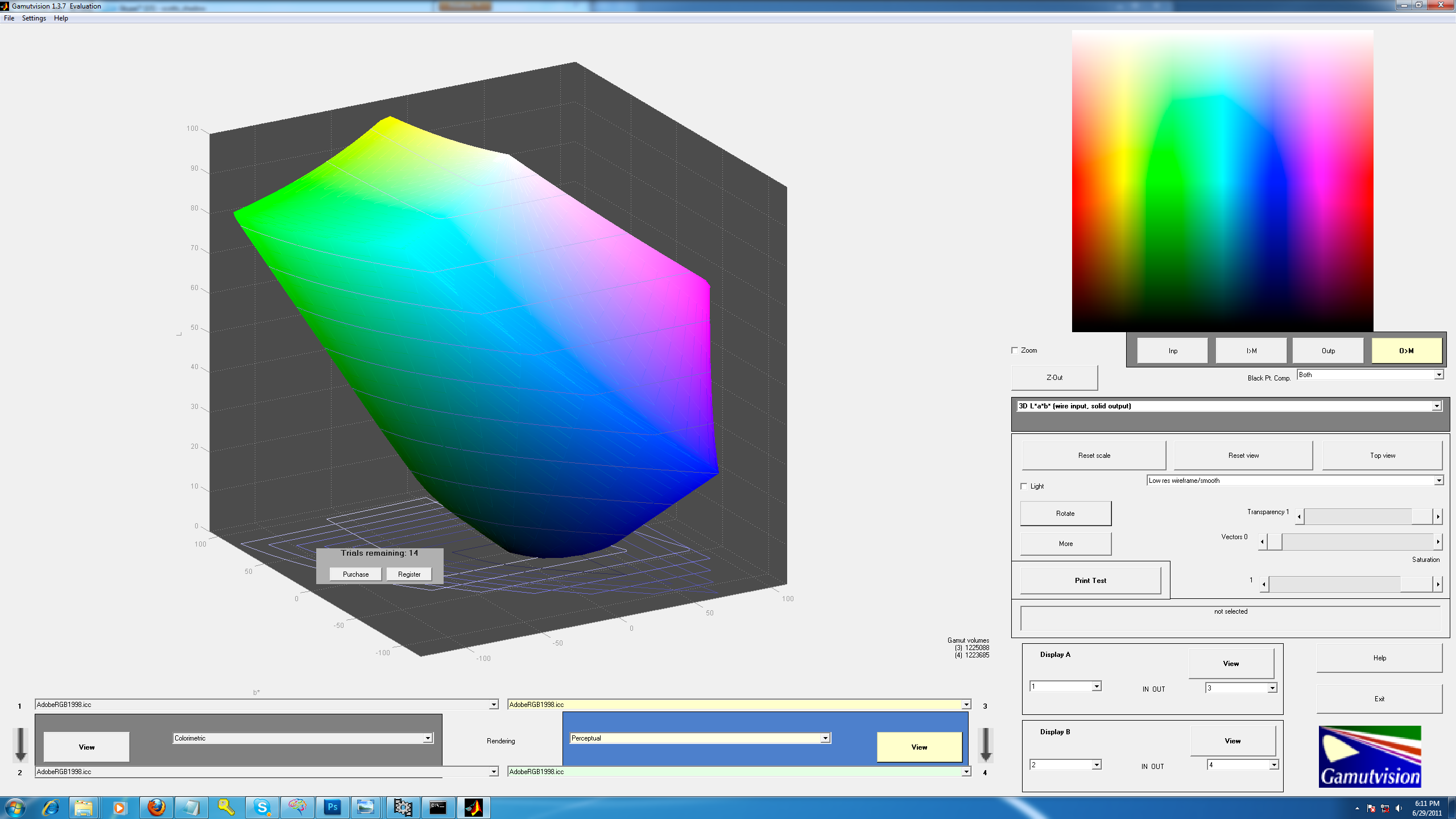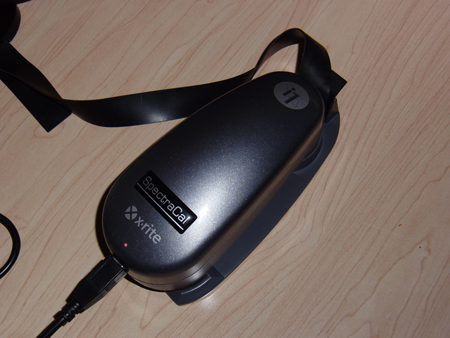Three 27" IPS LCDs: UltraSharp U2711, DS-277W, And MultiSync PA271W
Our Benchmarking Approach
Evaluating monitors isn't straightforward. No doubt, processors and graphics cards are much easier to review given our well-established suite of benchmarks. Often, before we even start talking about a given display, any debate about specific evaluation criteria gets lost in the discussion about how color behaves. That's why we aren't using test patterns that we need to measure with our eyes.
As a result, we rely on a more objective performance analysis by using a spectrophotometer and monitor calibration software (specifically, a Spectracal-certified i1Pro, Spectracal's CalMAN [luminance and gamut measurements], X-Rite's i1Match [default state], and ColorEyes Pro [calibration] to examine specific aspects of a monitor's performance).
This allows us to isolate specific traits, such as color space, luminance uniformity, and contrast ratios, without having to rely on subjective impressions. If you are unfamiliar with these terms, we'll explain the benchmarks as we start picking apart each monitor's performance characteristics.
If there are other benchmarks you'd like to see from a display roundup, let us know in this story's feedback thread. We'll try to accommodate your request in our next LCD roundup. In the meantime, our current set of benchmarks gives you a good idea of what to expect, whether you are gaming or just watching video on Hulu.
Current page: Our Benchmarking Approach
Prev Page Display Profile And Tilt Next Page Out-Of-Box Performance: Brightness And Contrast RatioGet Tom's Hardware's best news and in-depth reviews, straight to your inbox.
-
terr281 What monitors to review next?... As many people said in the review of the 22" TN panels from your last review, the next review should include "enthusiast available" ~23" panels. (Instead of just big box "Buy from Best Buy" models.)Reply
The lowest price of the three 22" TN panel monitors you reviewed was $180. A quick Newegg search shows several similar panels from names such as Acer, Asus, etc. starting at $140. (And, in the gaming, as well as office environments, 2 or 3 monitors are now more common than one single large one.)
-
nevertell IPS vs VA in gaming.Reply
Although just a regular sum up of the available 22-24 VA panels would be great. -
Thank you for the excellent and thorough review. Perhaps next time, the new Apple 27" Thunderbolt display can be thrown into the mix. For a lot of video and photography pros like myself, the Apple display is considered to be the "standard" and I would love to see how it stacks up again the competition. Also maybe throw in a professional level Eizo display as well to show the difference between a ~$1000 display and a $3000 display.Reply
-
120hz monitors lead the wayReply
You should review a 2560x1600 120hz IPS monitor.
Oh wait...
2560x1600 isn't supported at 120hz over DVI-D (dual link)
IPS monitors can't do 120hz with today's technology
Bummer!
:(
F -
agnickolov I'd recommend the same IPS review applied on affordable 24-26" monitors that most of us would actually potentially buy. It's nice to dream about 27"+ 2560x1440, but let's get back to reality with 24" 1920x1080 and 1920x1200 (if still available) IPS monitors please. (At least until higher resolutions enter mainstream price points.)Reply -
crisan_tiberiu I have a 22" Philips LED Backlight monitor and i am very happy with it . I dont see any Philips monitors in any of your reviews, why is that? :)Reply -
boletus Nice roundup, it had me measuring what a 26" wide monitor would look like on my desk. However, you need to fix the title block in the table for the NEC monitor on the "Black And White Uniformity" page (it says Samsung S22A350H).Reply -
soccerdocks On the "Black And White Uniformity, Viewing Angles" page the 3rd table states that it is for the Samsung S22A350H when it is actually for the NEC.Reply -
Thank you for this comparison, very interesting reading!Reply
I am somewhat disappointed that 27" monitors nowadays don't use 2560*1600 panels.
That resolution makes much more sense to me for a monitor that is not targetted at the average consumer.
Personally I would love a 2560*1920 (or 2048) screen @ 120Hz, but if I understand correctly link speed becomes an issue here.
Why is it that displays for mobile phones are increasing in pixel density, but desktop displays don't improve in this regard?
For a next review I would really like to get a better understanding of (high-resolution) 120Hz monitors. What are the (dis)advantages of 120Hz for regular/2D usage, etc...
